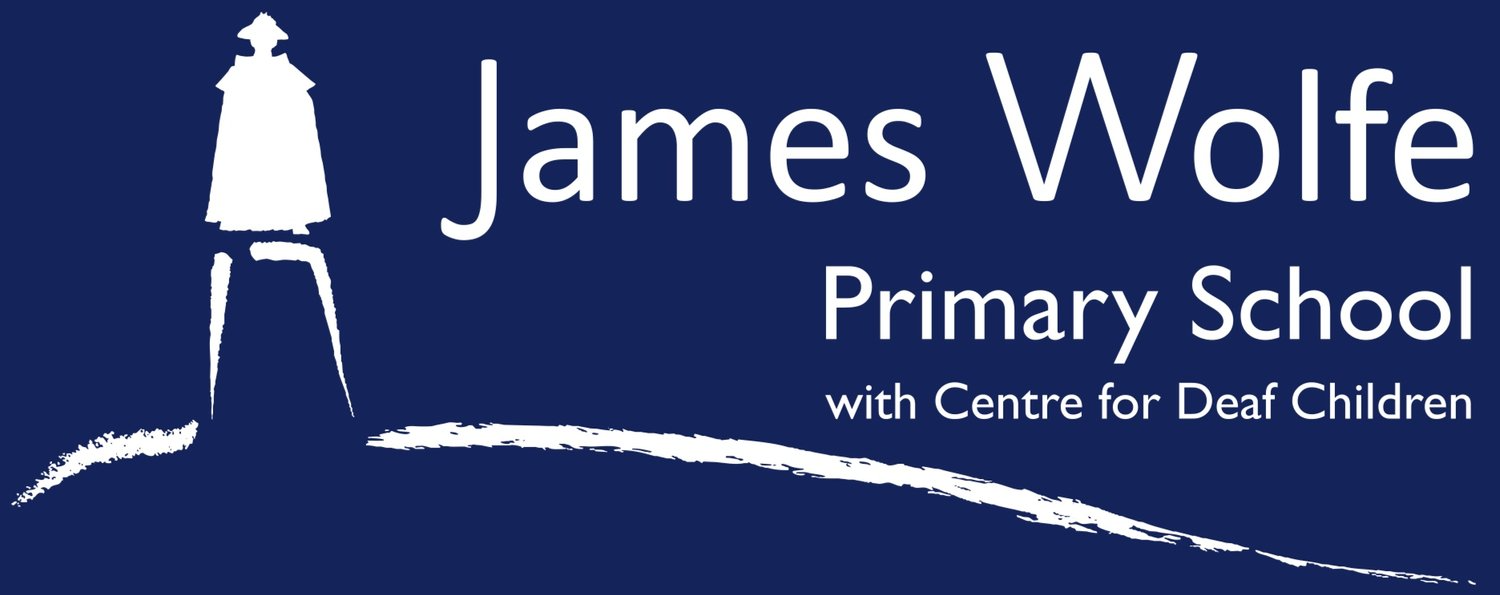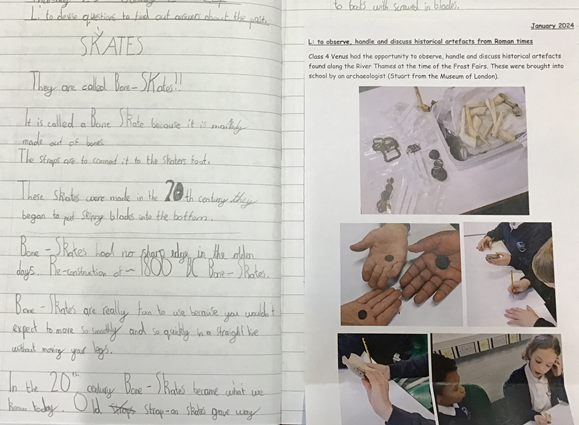Investigating History
Within the photographs, it is evident that local history study is made meaningful through development of a sense of place and identity. The exploration of buildings, monuments, landscape and parish records reveal to our pupils the length of heritage the place has had, and provide them with a window into the lives of ordinary people. Pupils harbour skills in recording their historical findings in the form of written notes, annotations, drawings and maps. In sharing their findings, they develop their oracy using historical vocabulary and sophisticated critical thinking.
The Times Before We Were - Reception
In developing understanding of the world, past and present, Reception have been exploring the landscape within Greenwich Park. Understanding royalty lived in close proximity to our school, and recognising that events happened before they were born, children visited the Queen Elizabeth Oak. Using storytelling (sharing a silk glove), children also considered how the park and transport have changed through time, learning that some things are continuous.
Dreadnoughts of Decades Ago - Year 2
Year 2 delved into handling evidence, investigating maps and log books to open a historical enquiry into the Dreadnought Hospital ship and its mooring in Greenwich. They investigated the ailments patients were treated for, considering the dangers seafarers faced in 1831, and made inferences about what part of the world they came from. They visited the exact location of where the Dreadnought hospital ship was moored in Greenwich, reflecting on what life would be like living on the ship and the benefits of it mooring in Greenwich during this time.
A History as Long as the Thames - Year 4
During Y4’s enquiry into the Frost Fairs on the River Thames, (Stuart London until 1814) they were visited by an archaeologist from the Museum of London. Pupils observed, handled and discussed historical artefacts found along the River Thames during the fairs. Following this, pupils explored folklore tales and newspaper articles that wrote of the Frost Fairs during 1835 - the market stall goods sold and the leisure activities - including nine-pin bowling. With a focus on change and continuity, pupils learnt why another Frost Fair is implausible due to bridge construction, dredging and embanking of the river.
A Peer at Peers From Yesteryears - Year 6
In their study of World War II, Y6 pupils visited St Alfeges Church to gain knowledge of its role in protecting people during raids. They explored the nature, origin and purpose of historical sources to clarifying, ‘What was London children’s experience of the Blitz? How did rationing affect the daily lives of the children? How did life change for London children during evacuation?’ Using varied genre of writing, they examined and communicated the causes and consequences of this event, reaching conclusions on the impact on London children.




